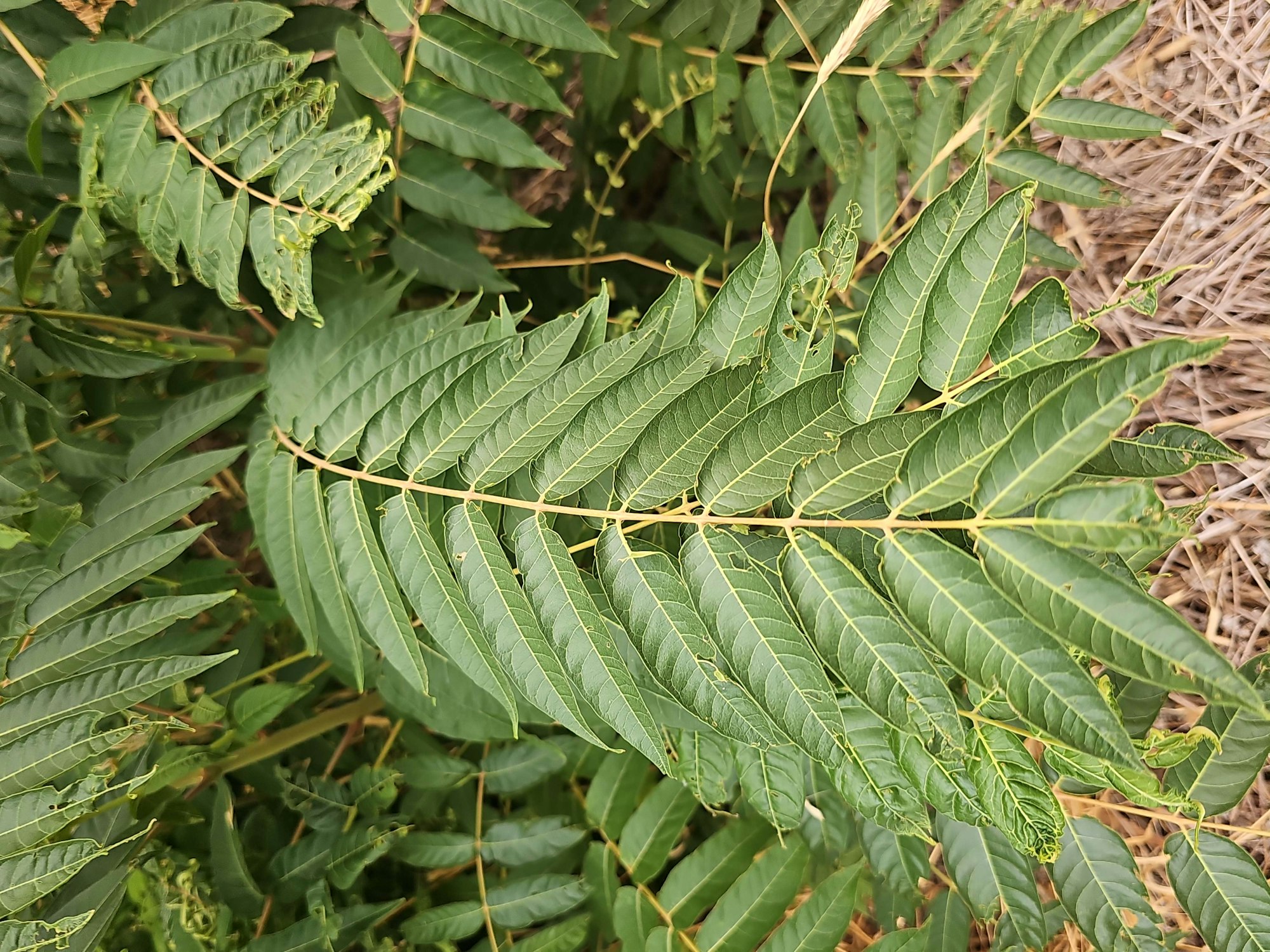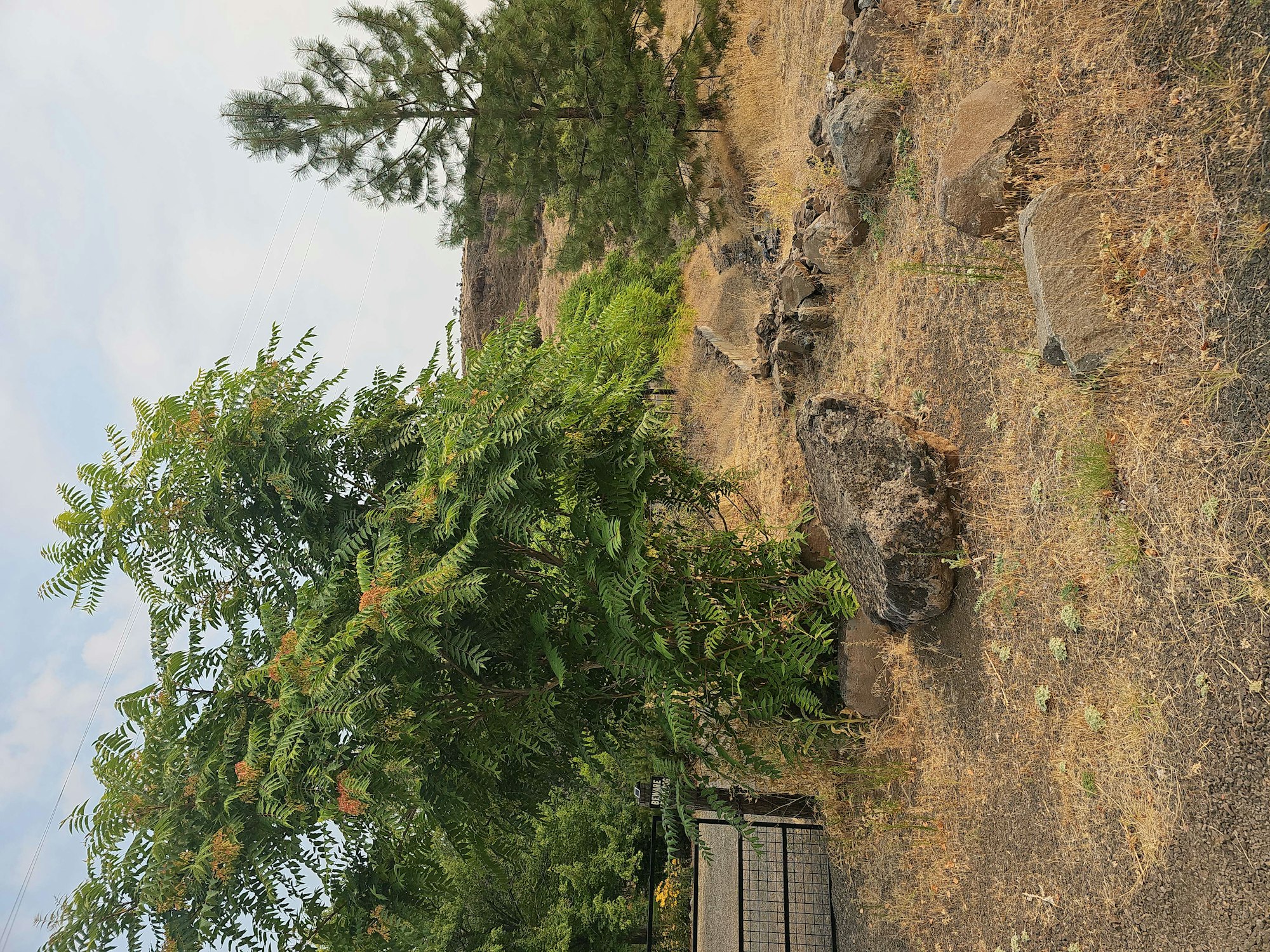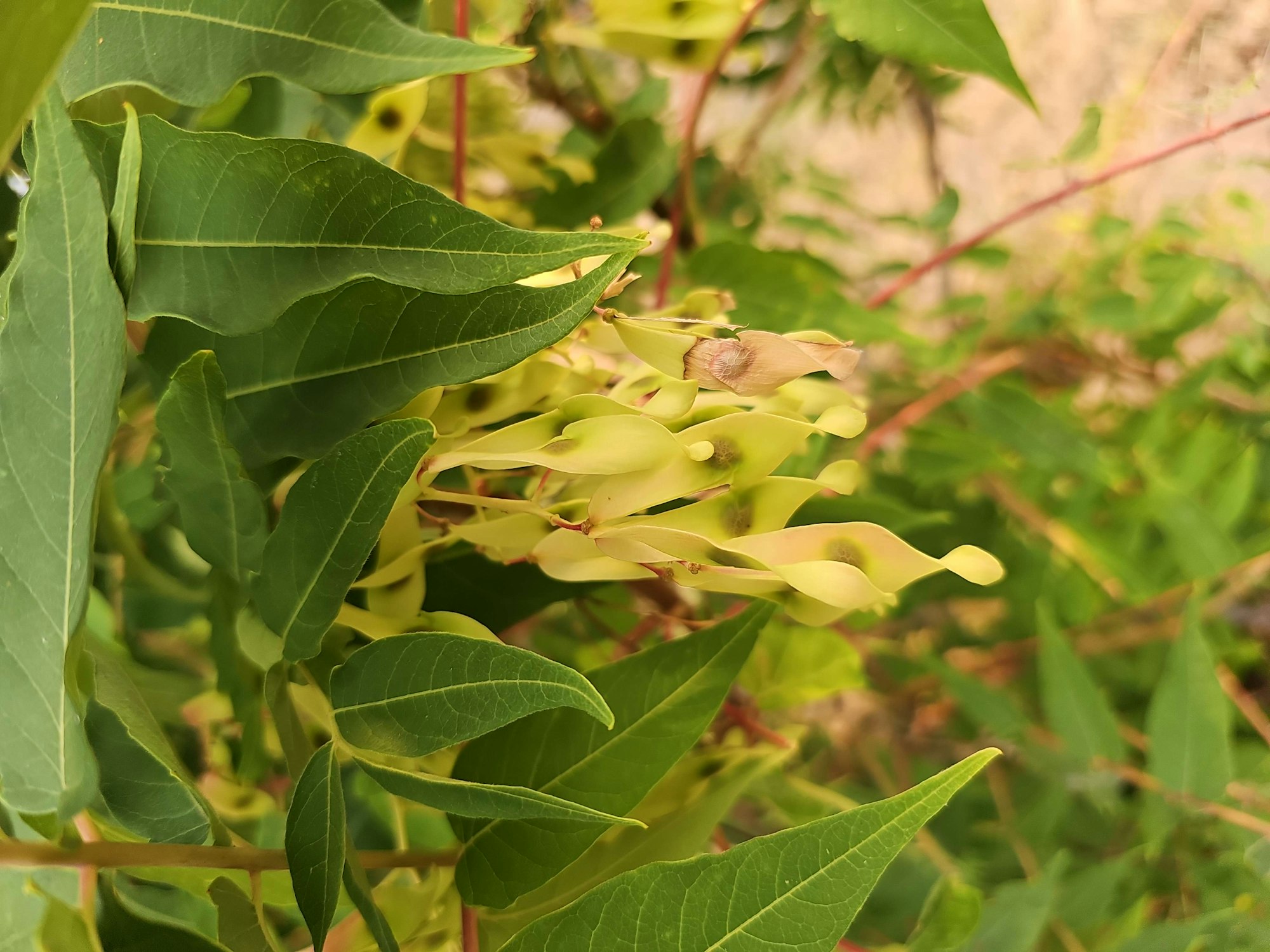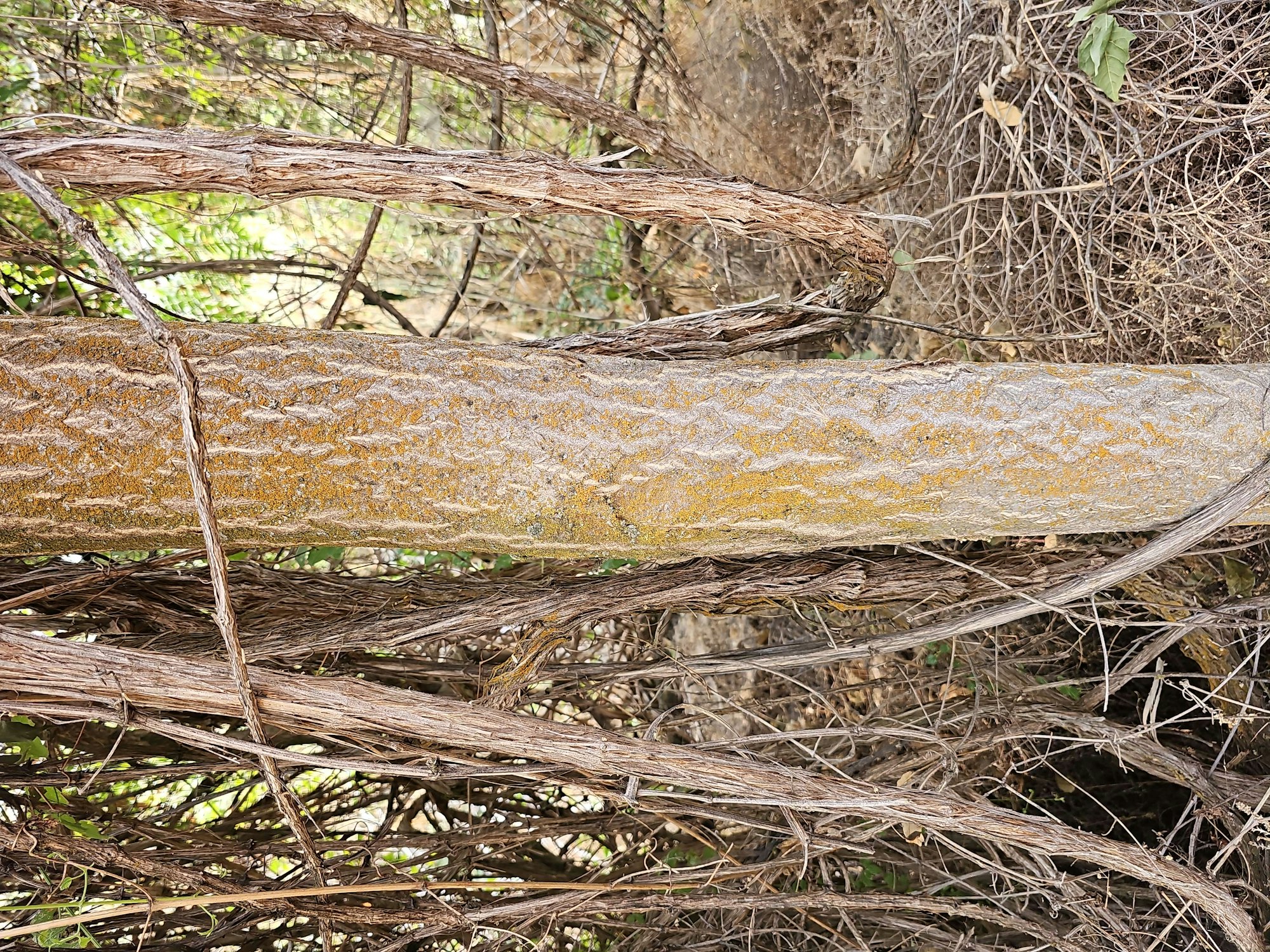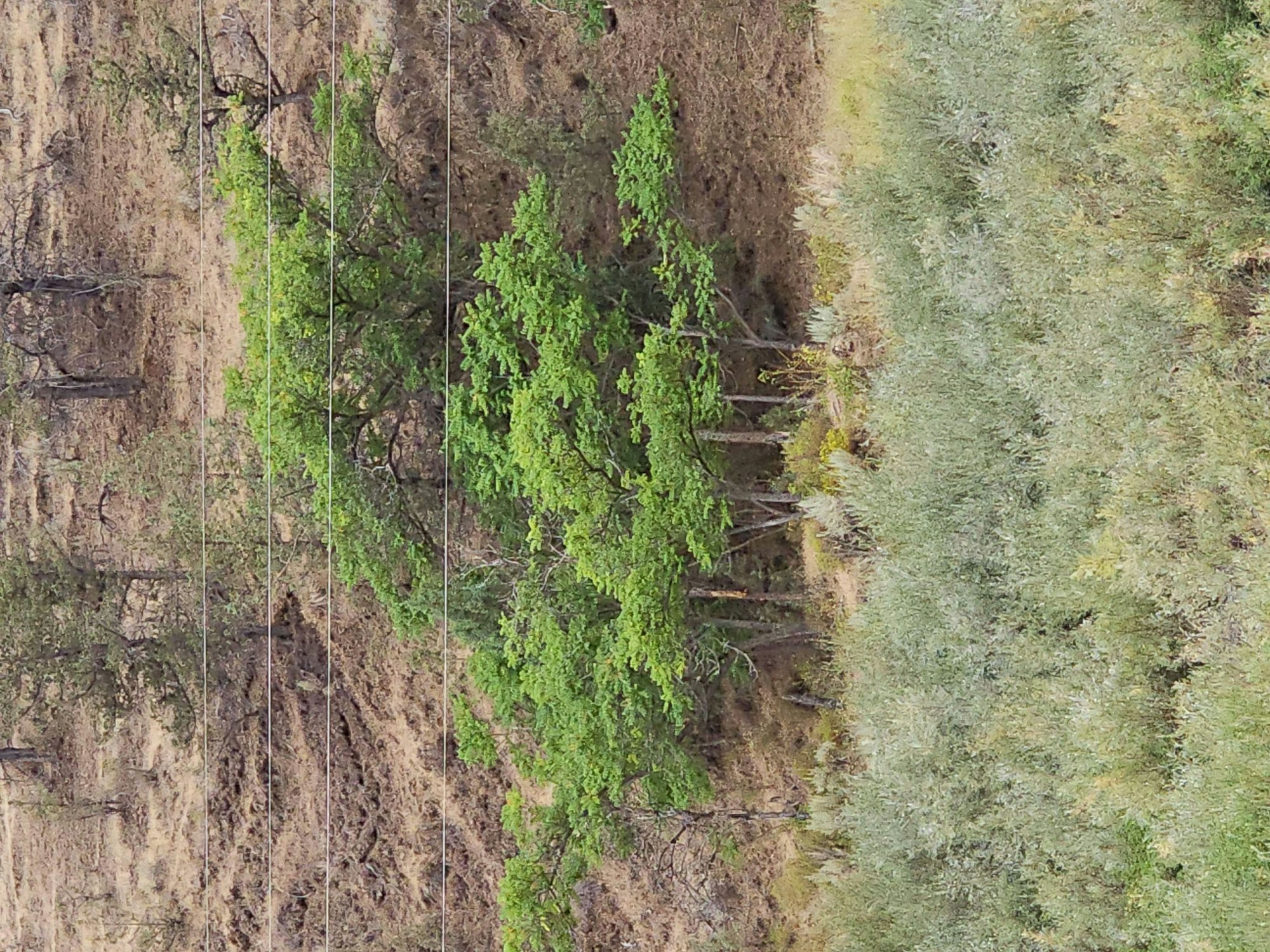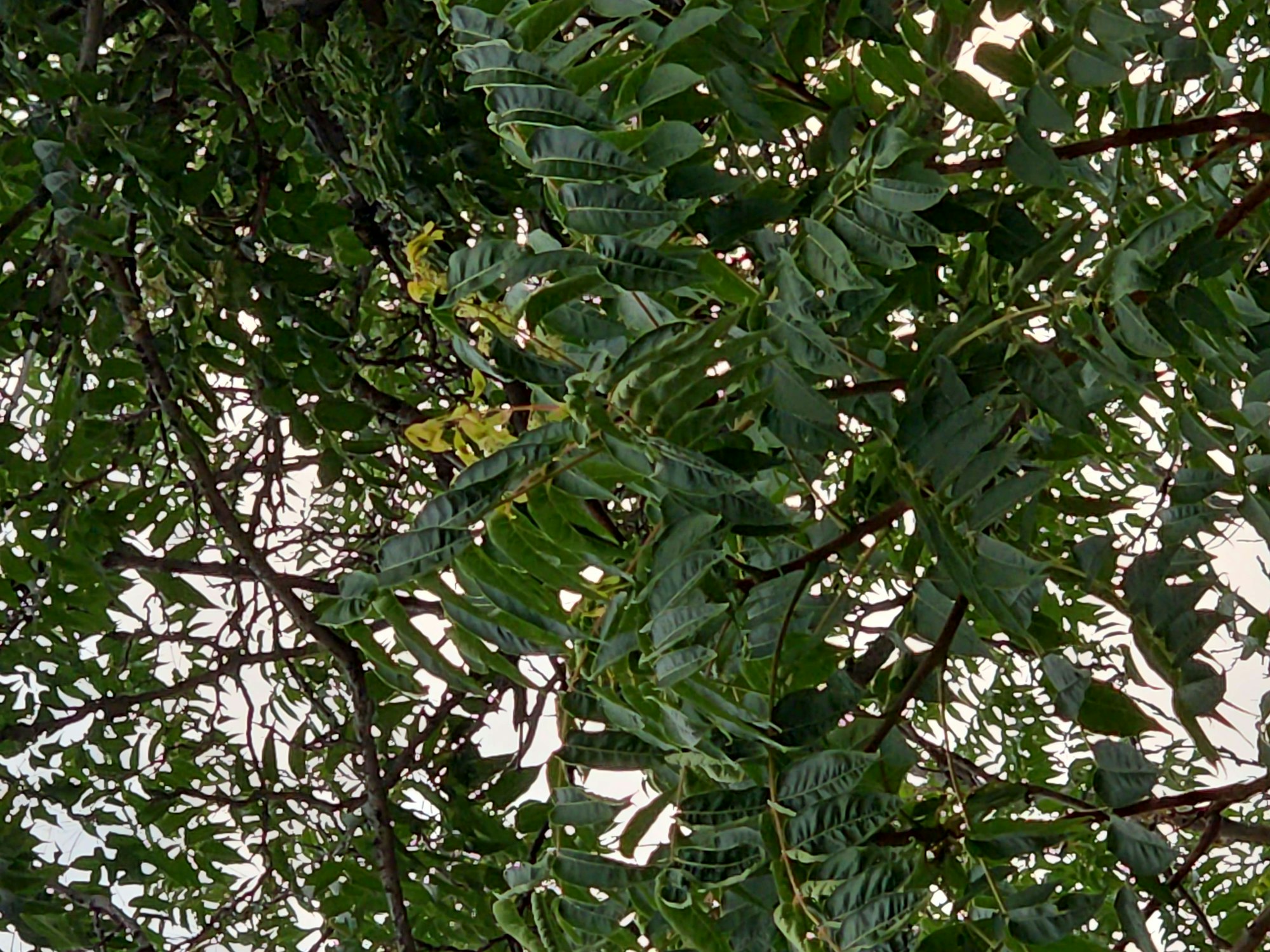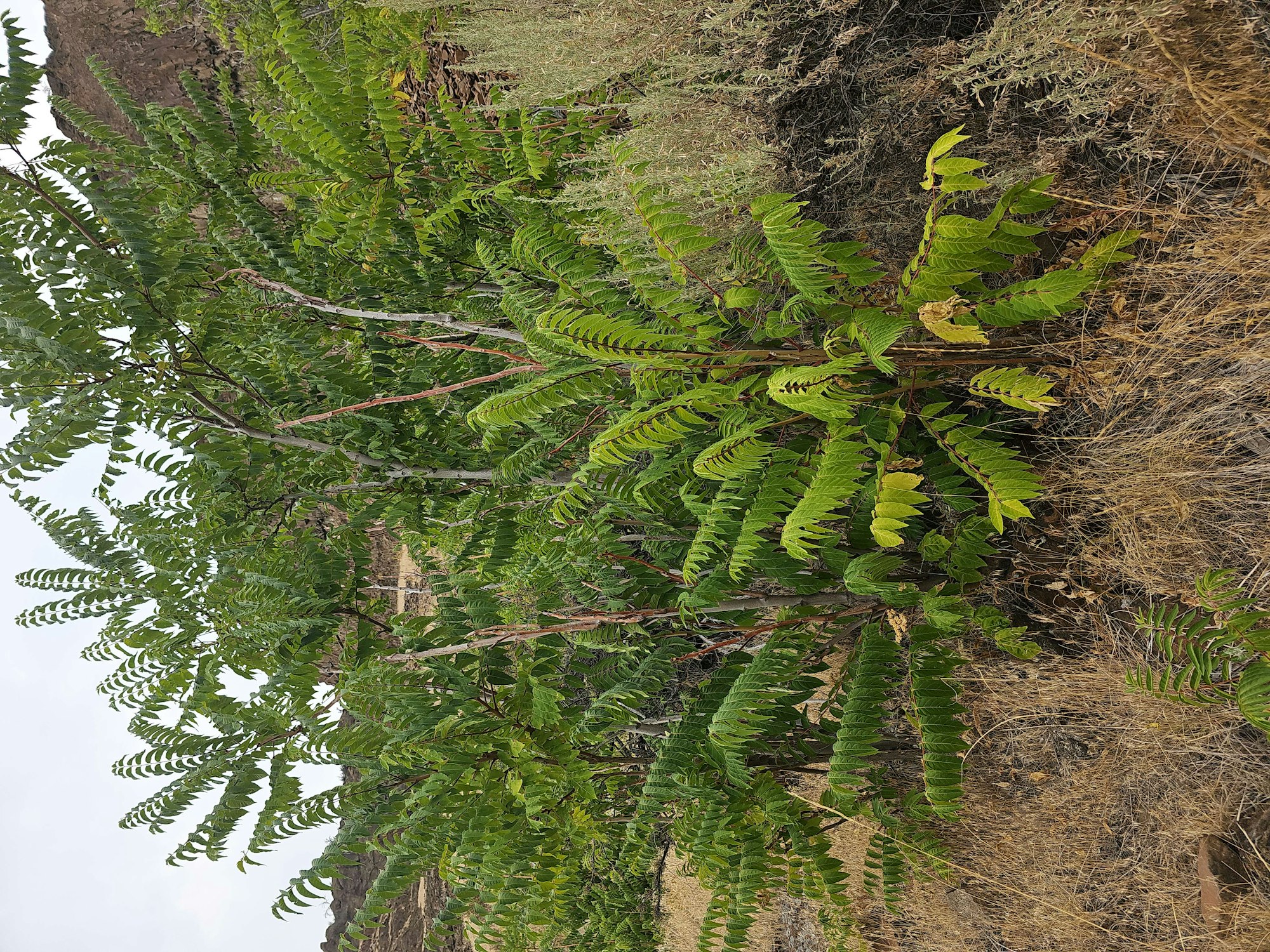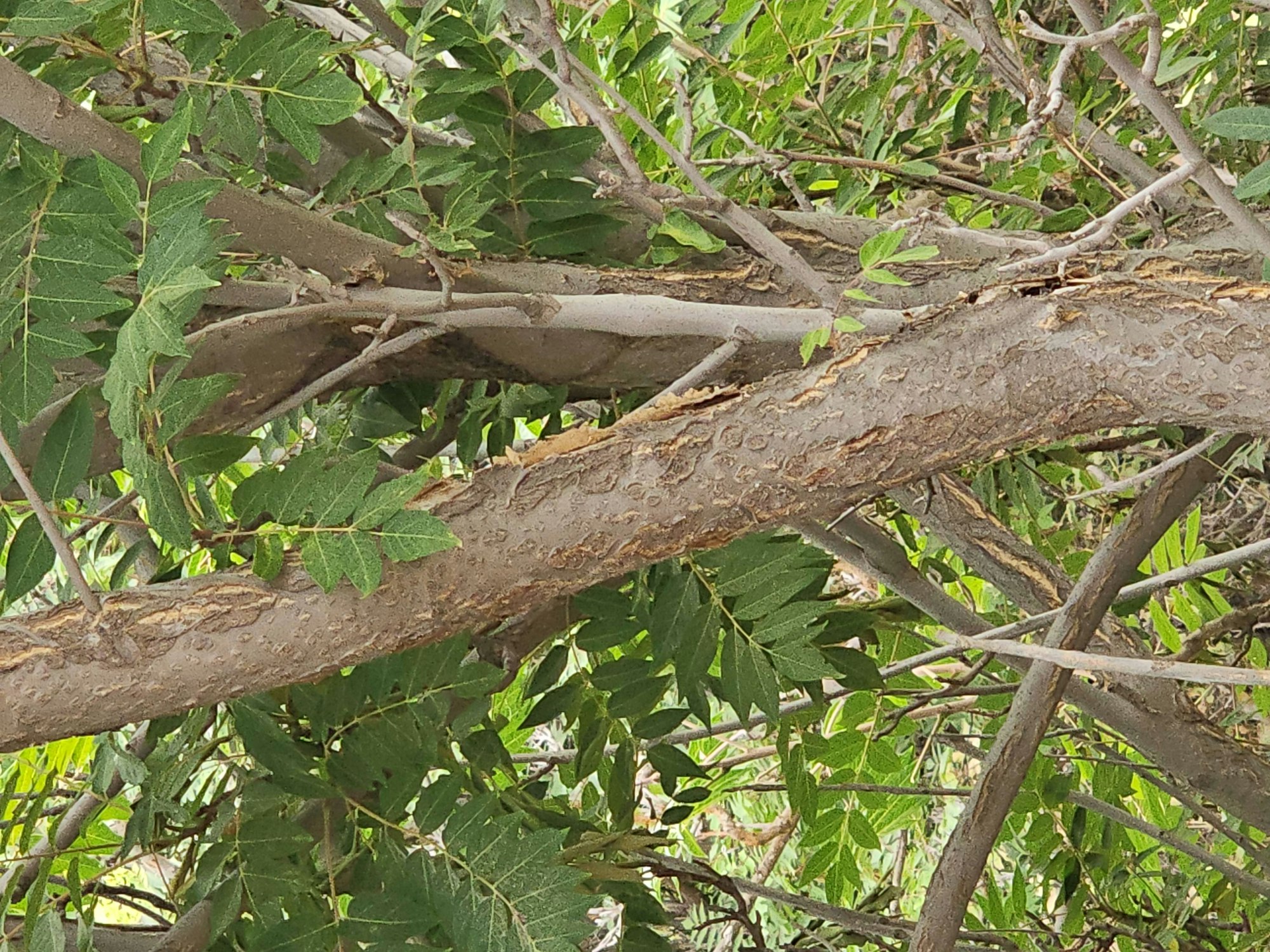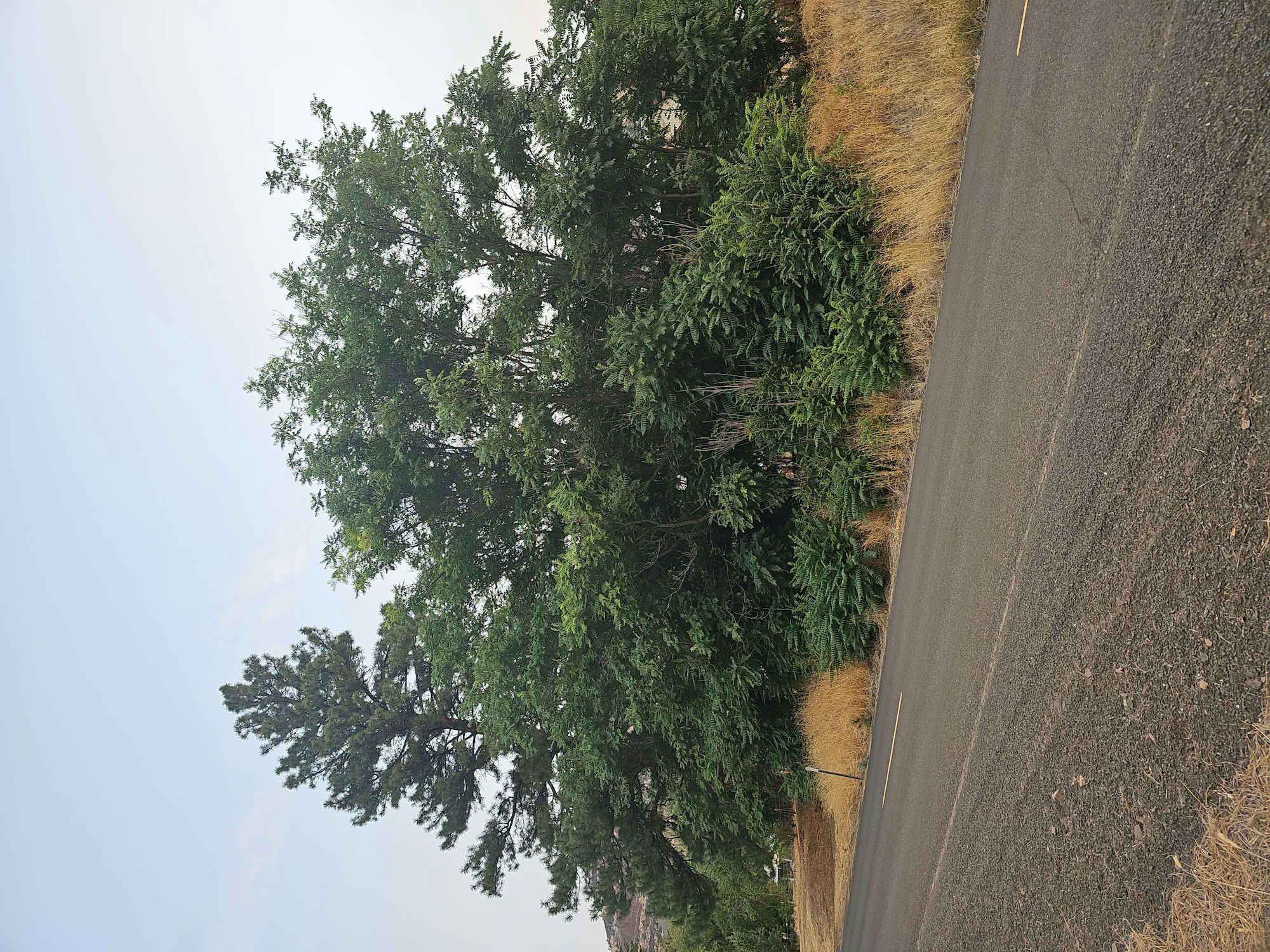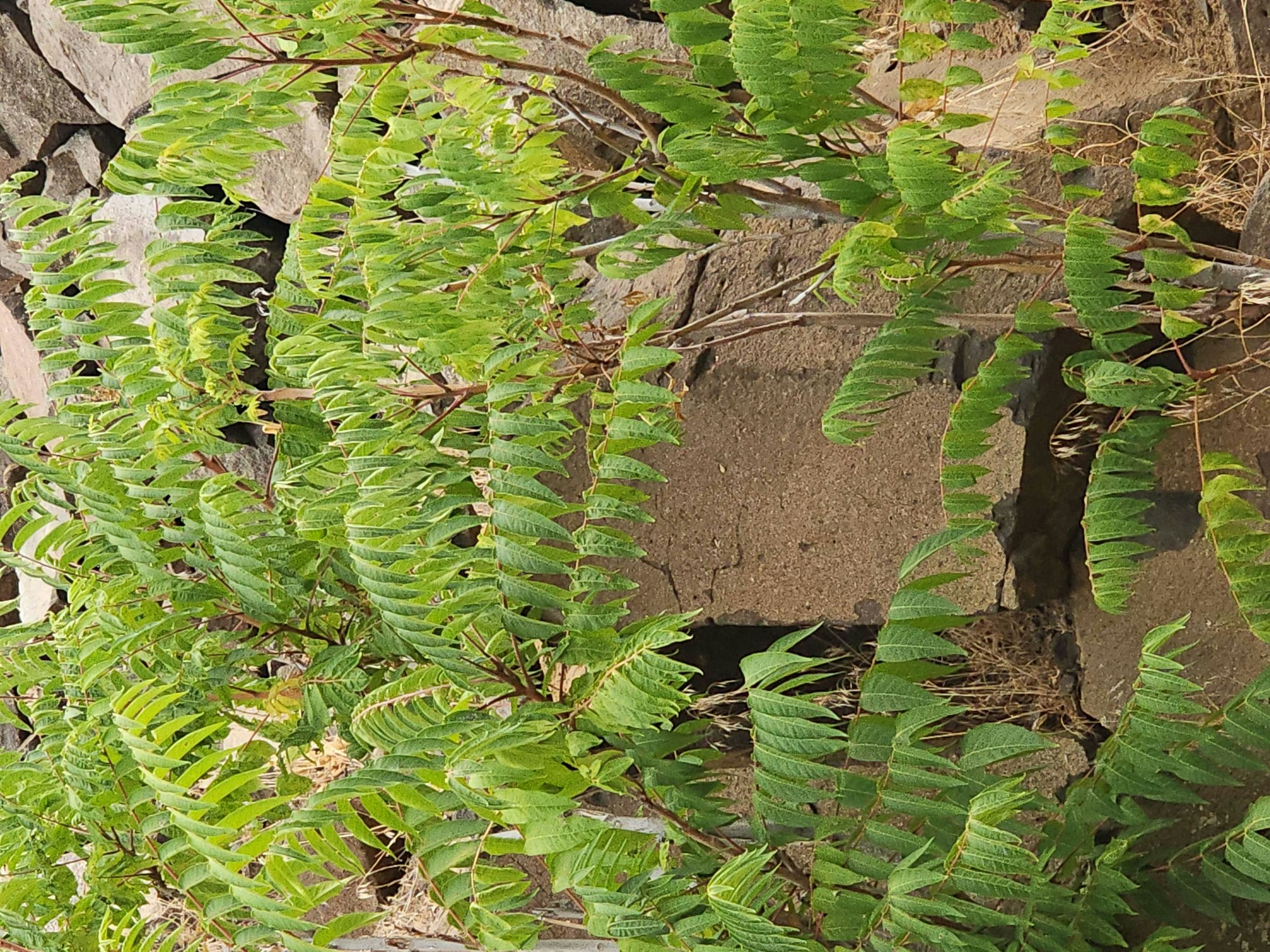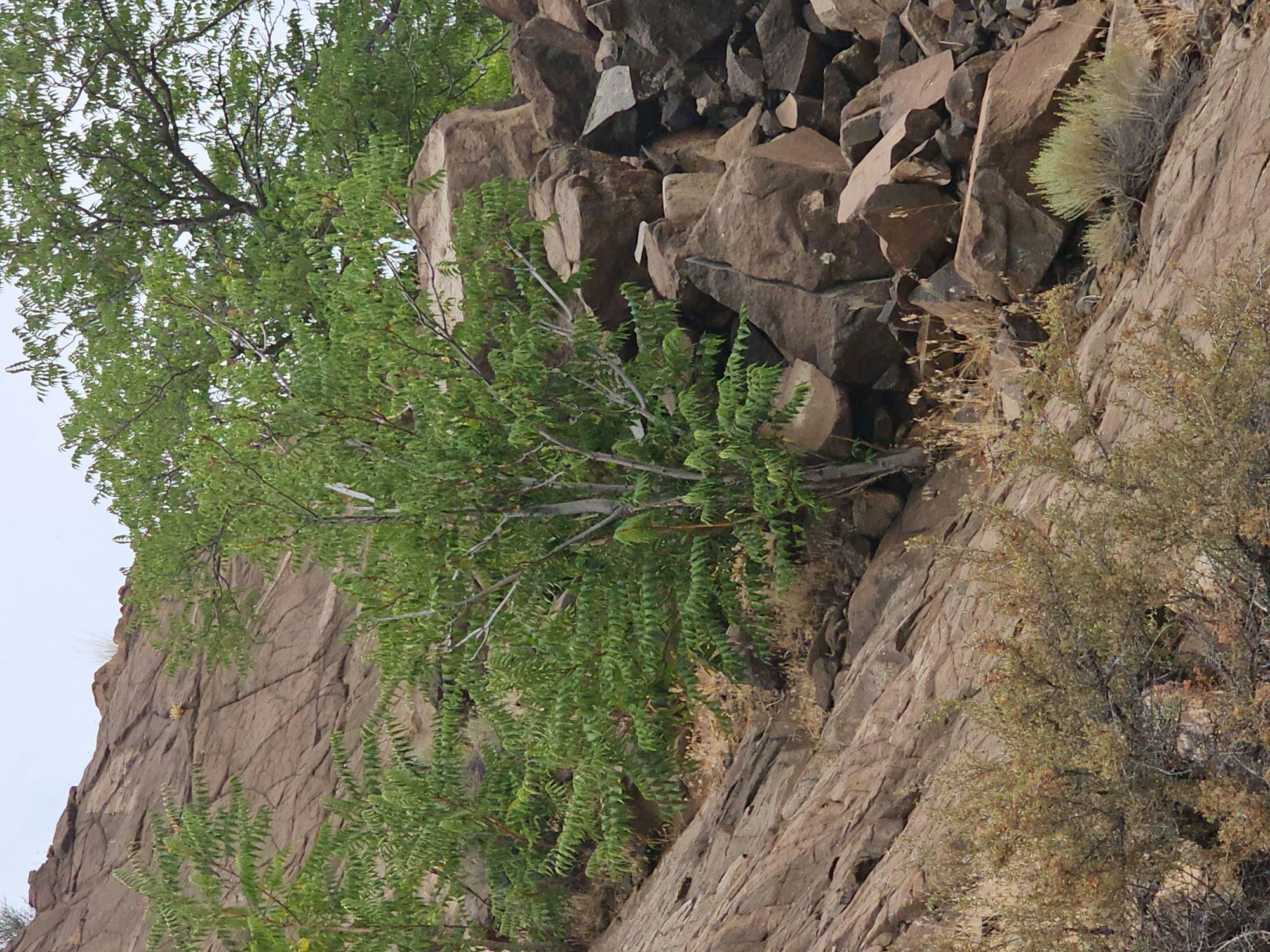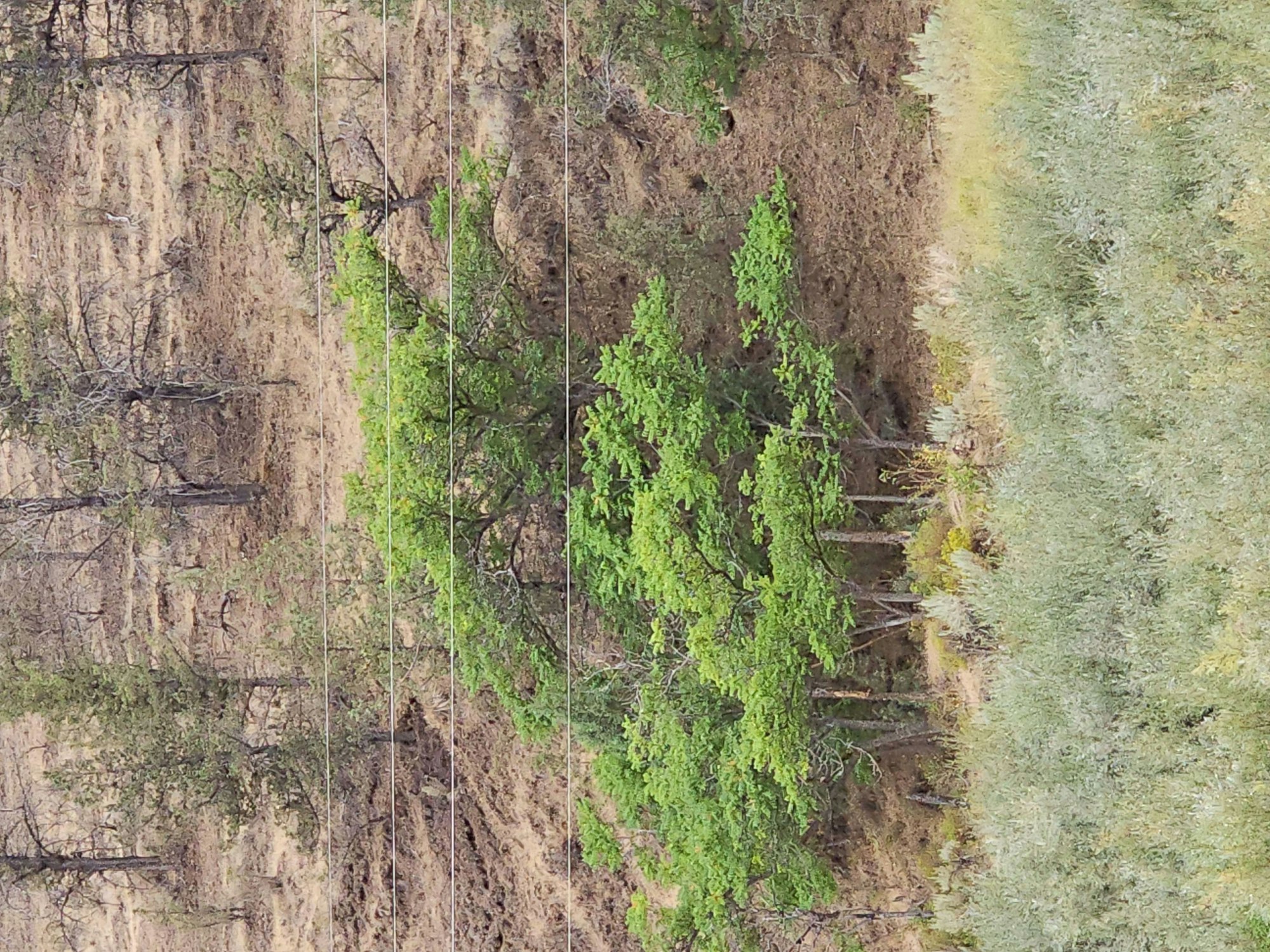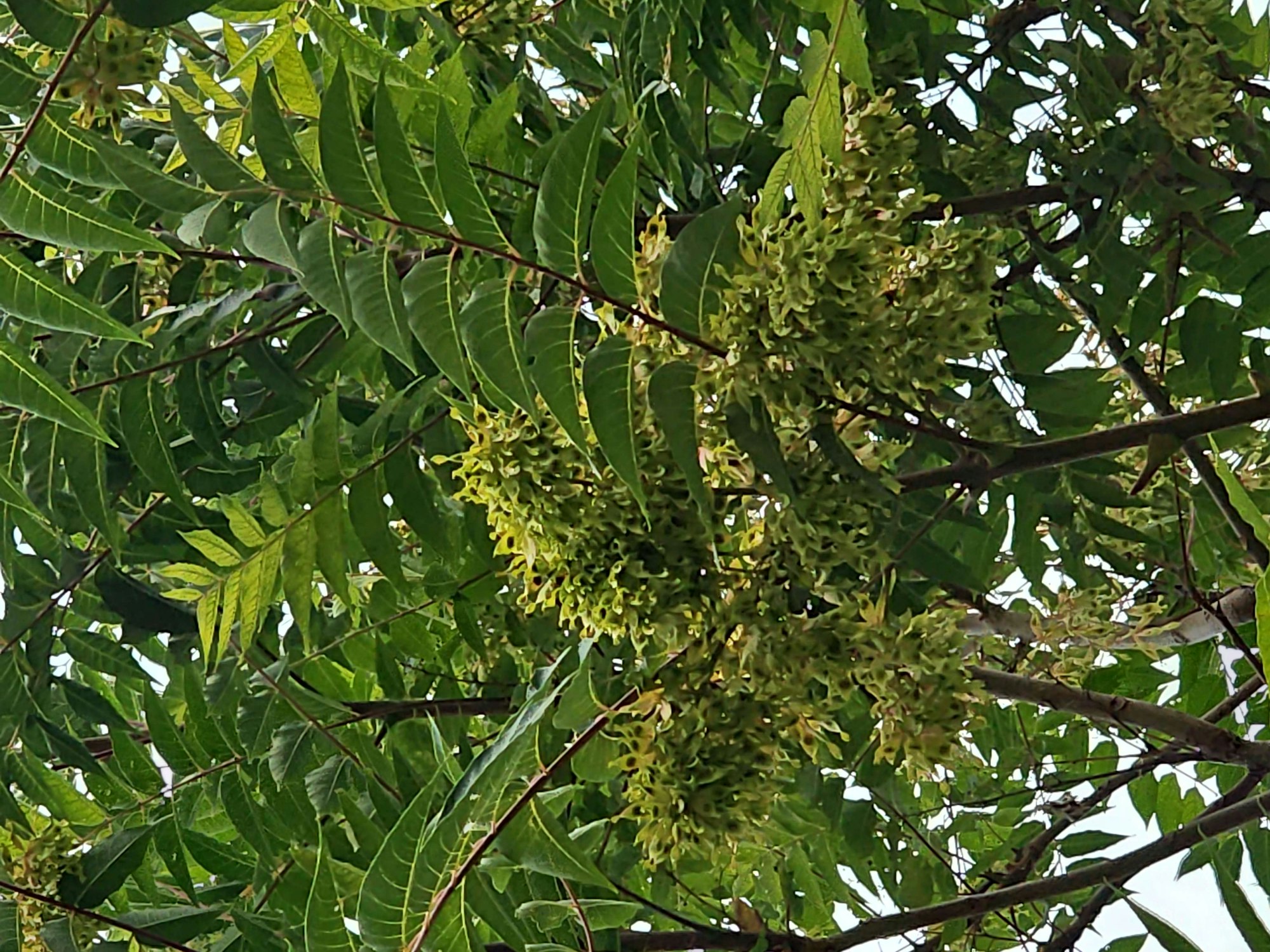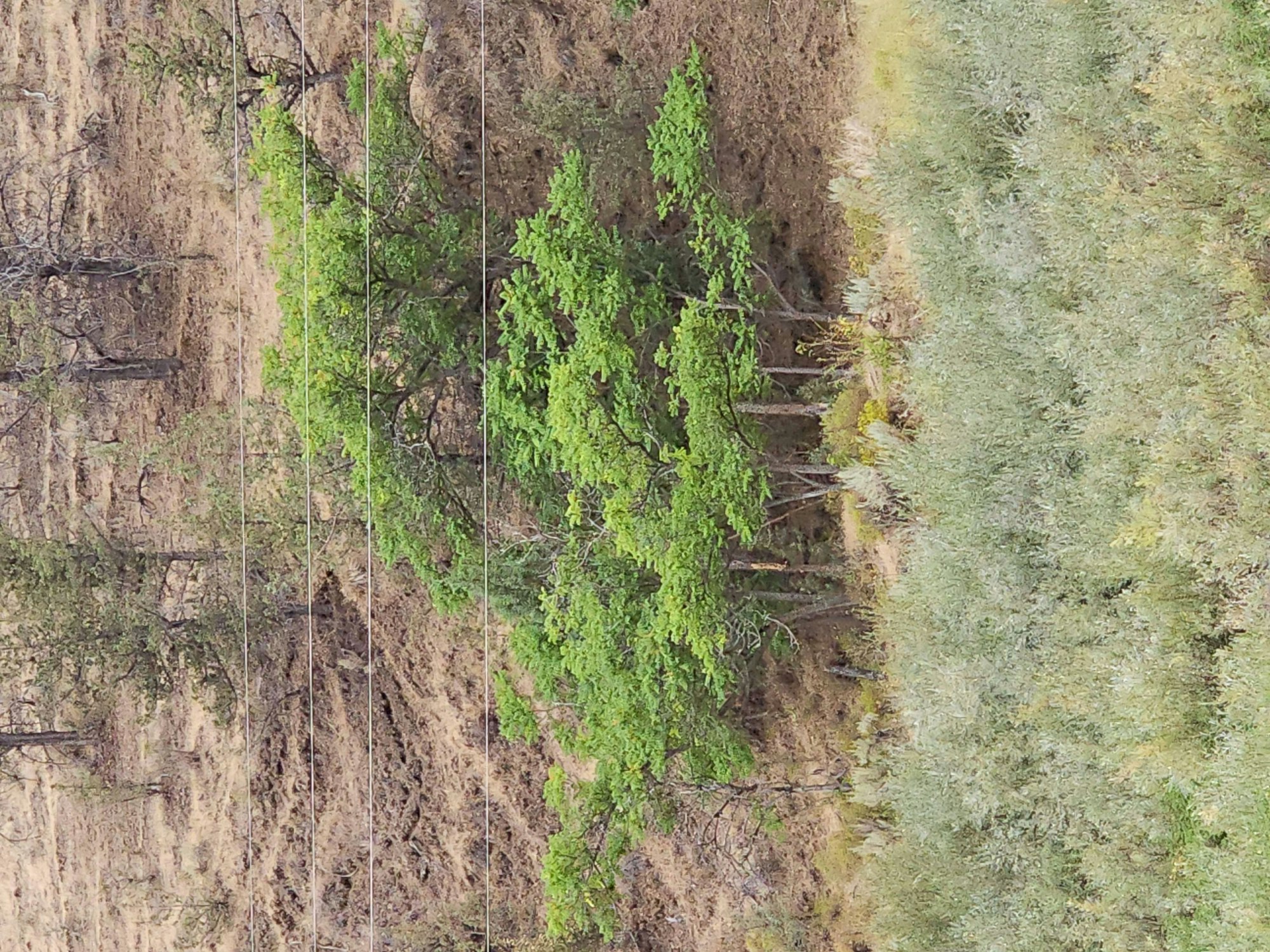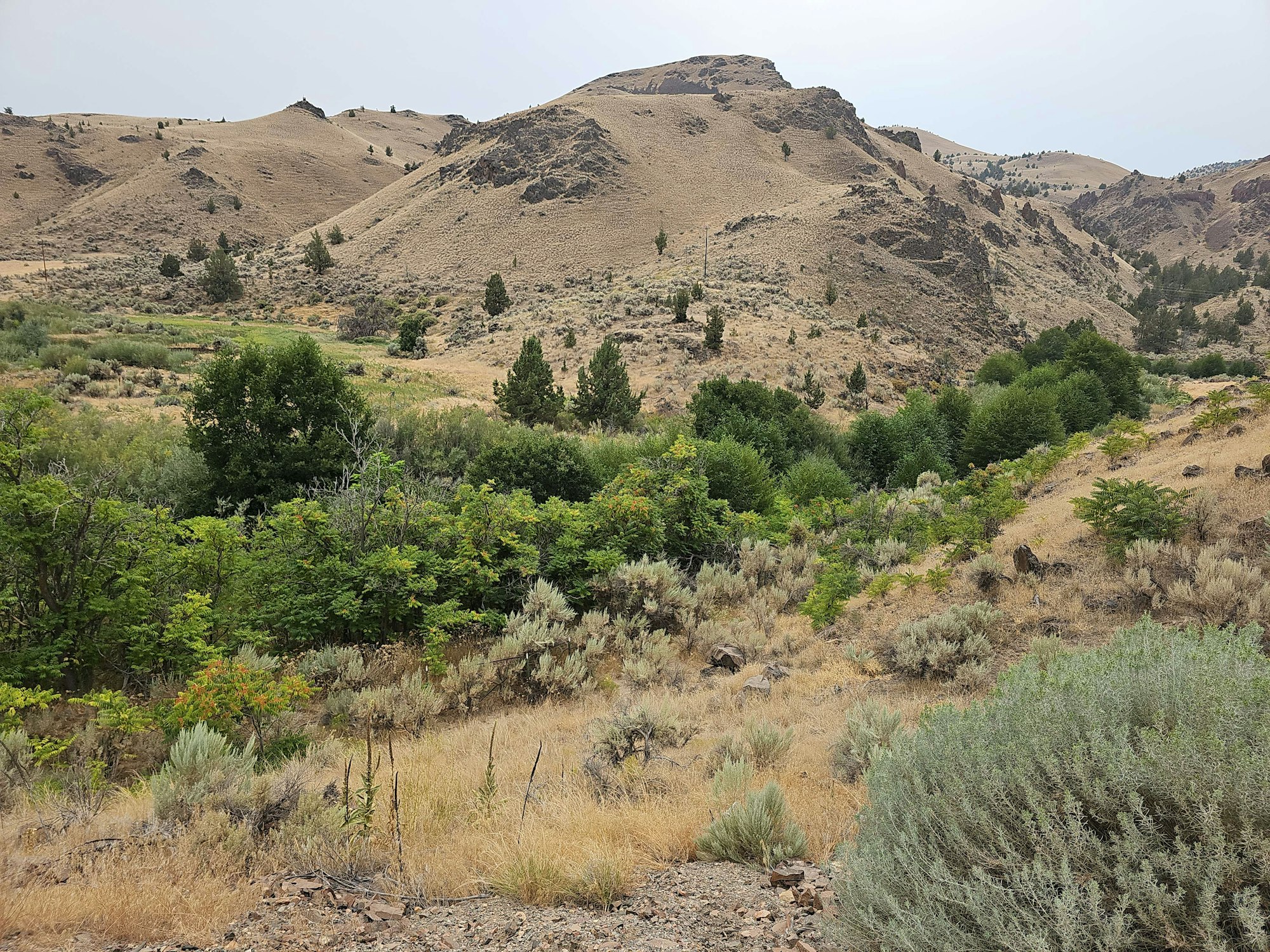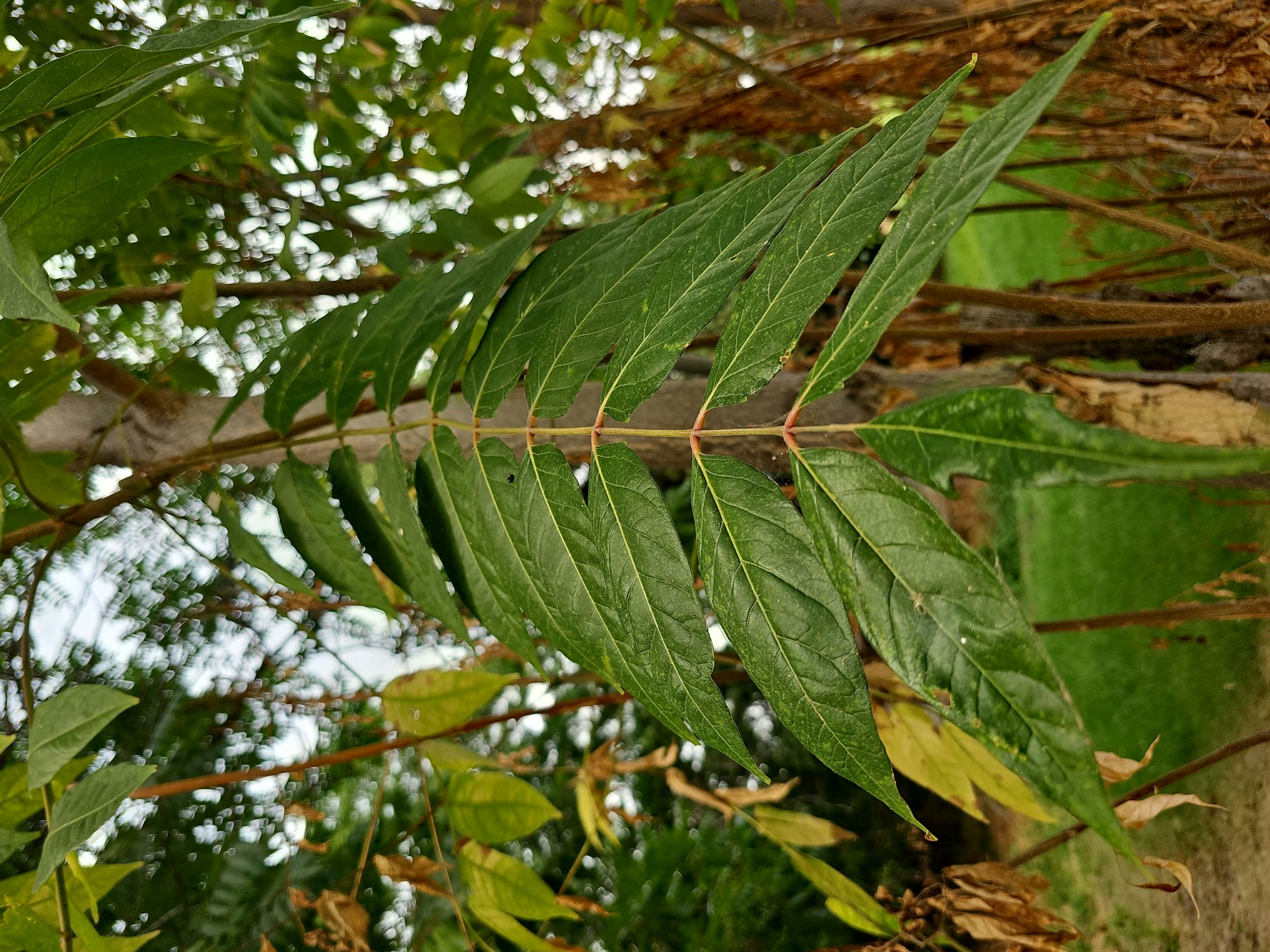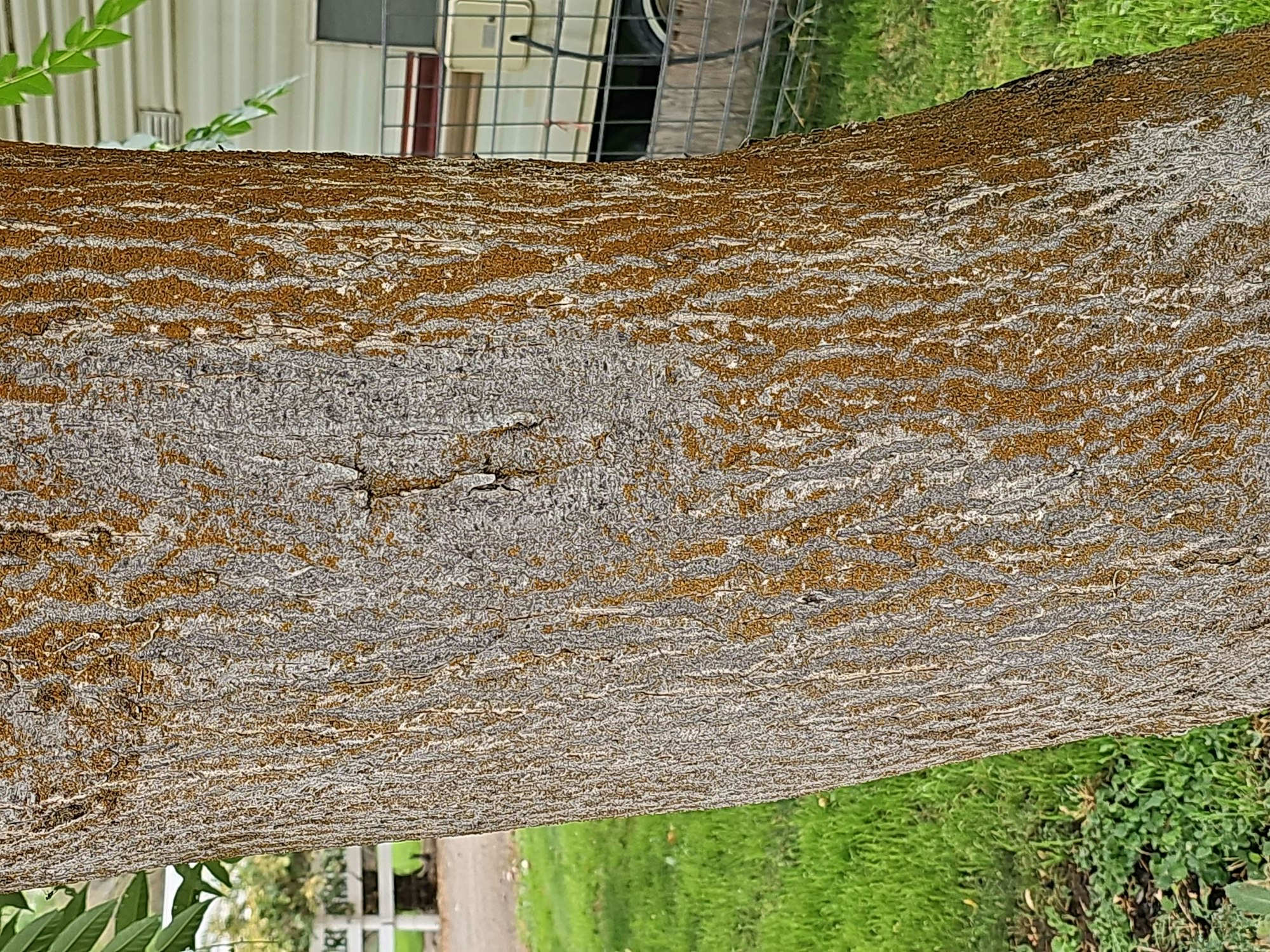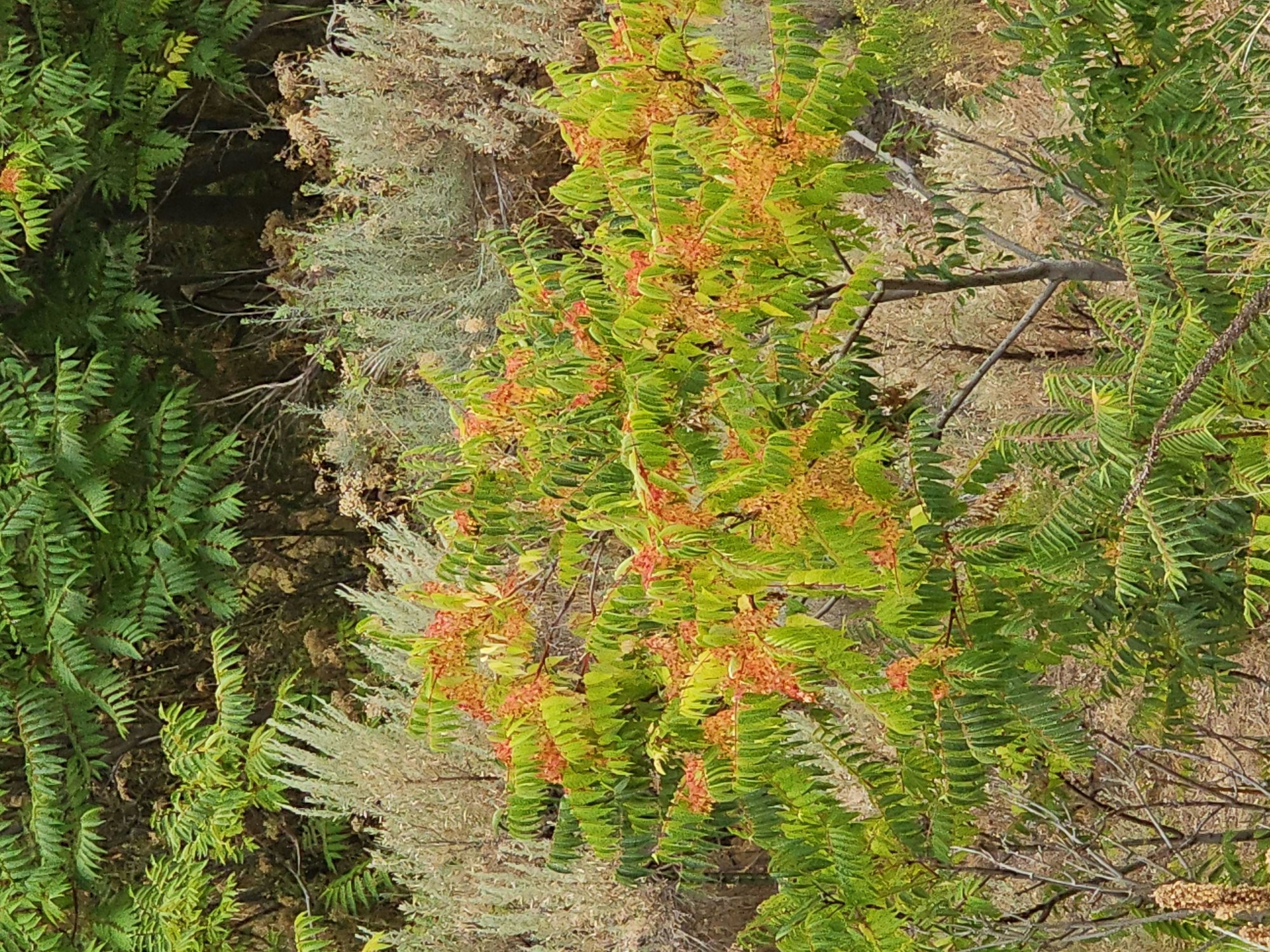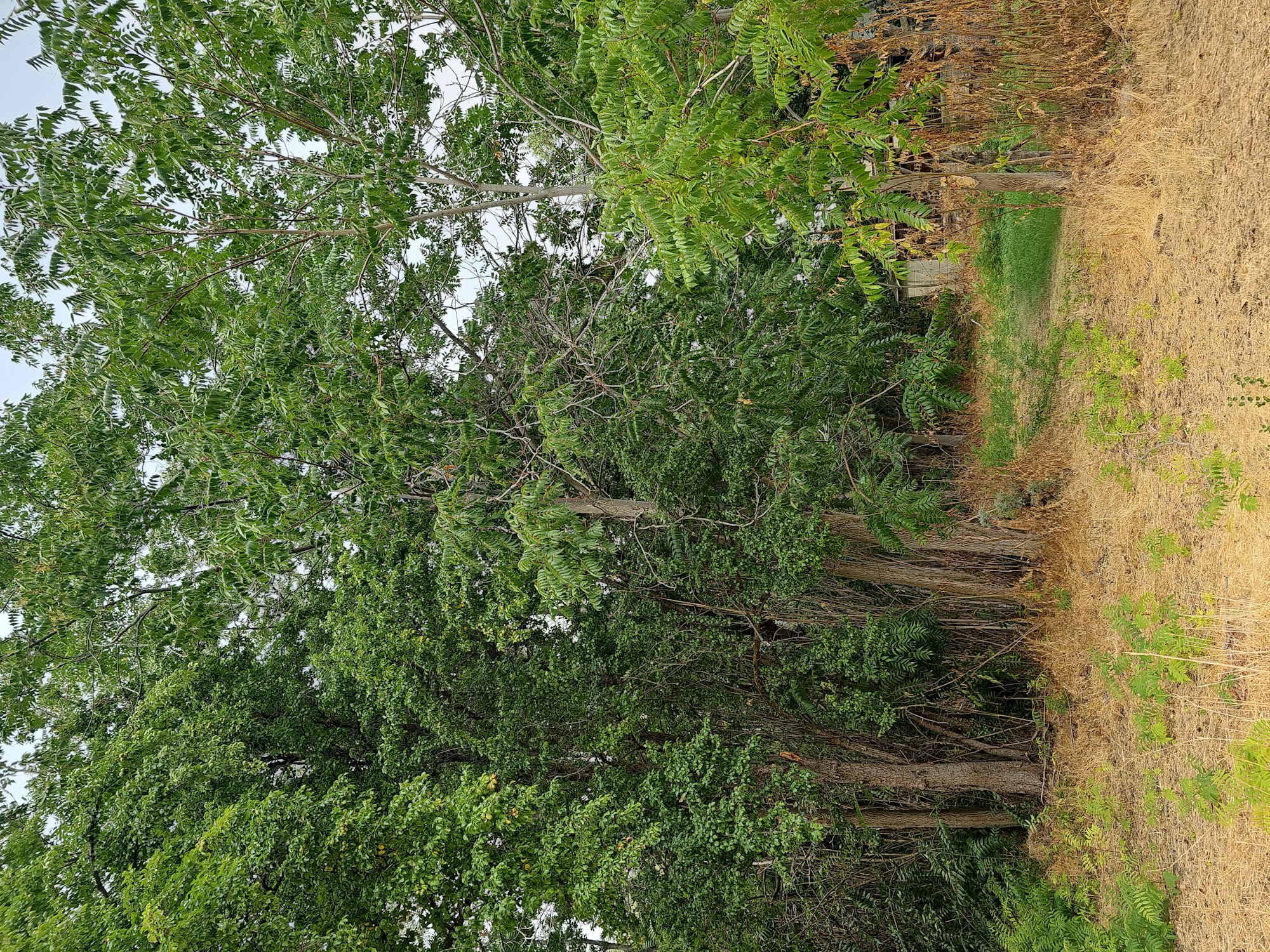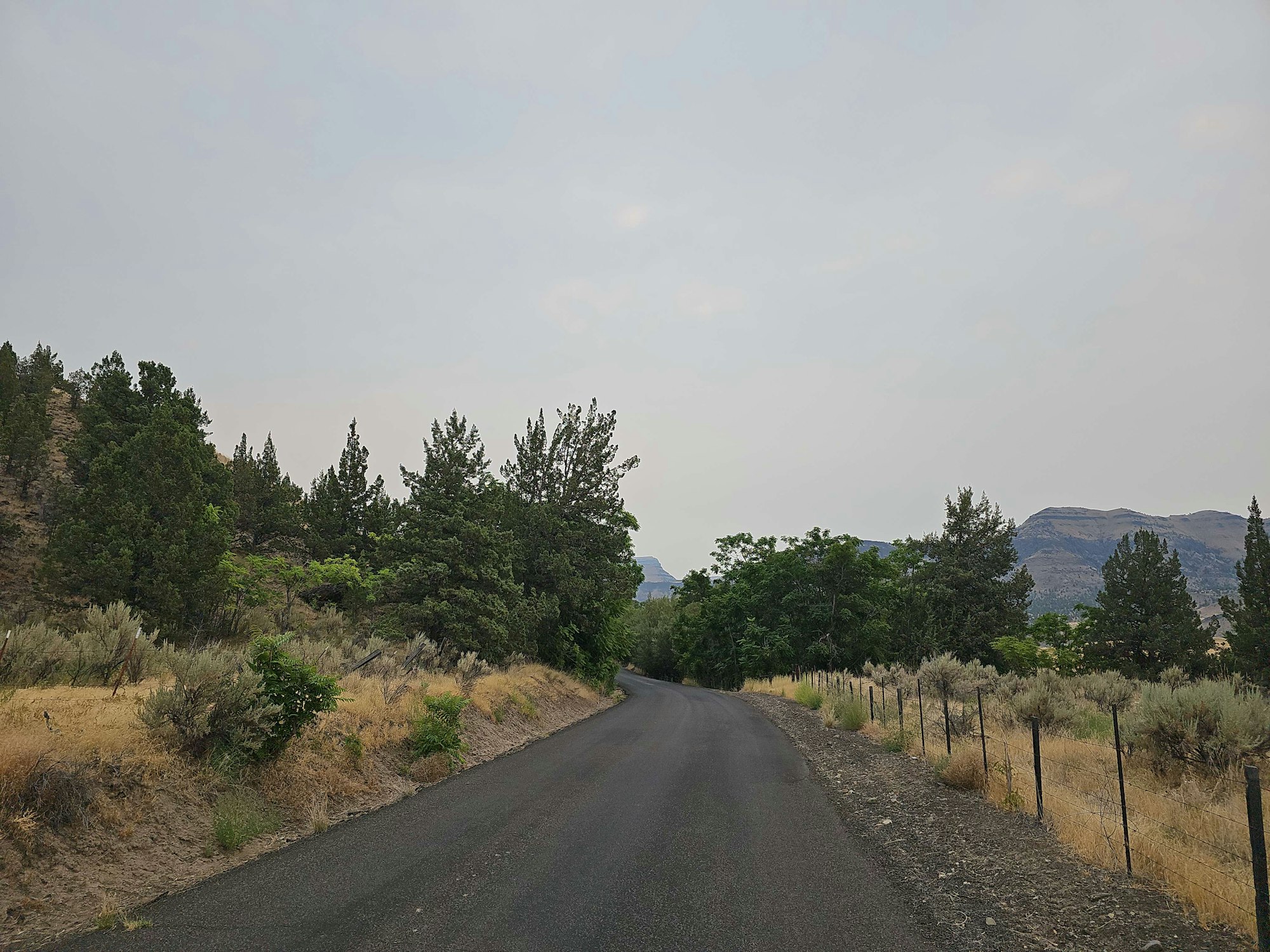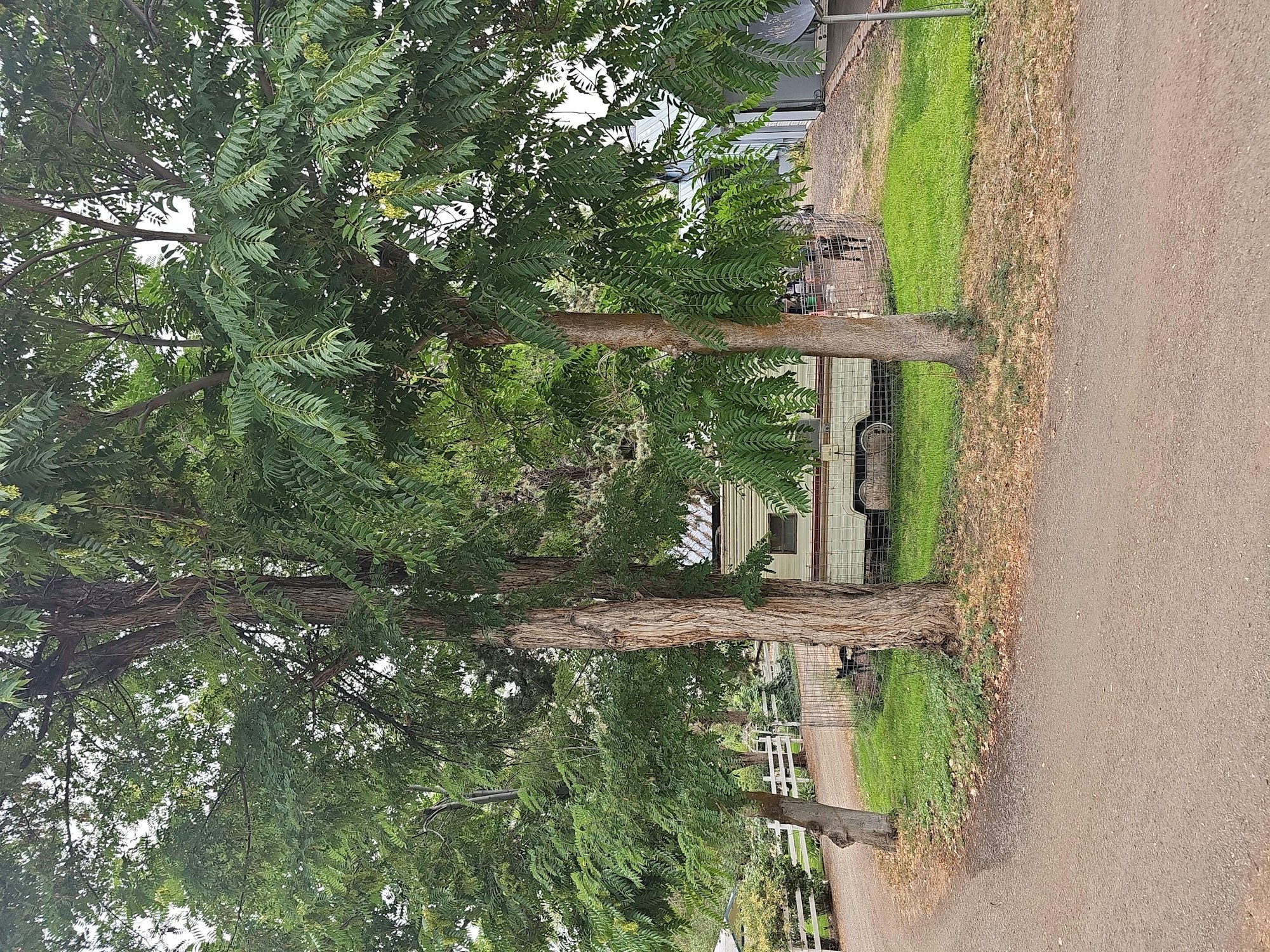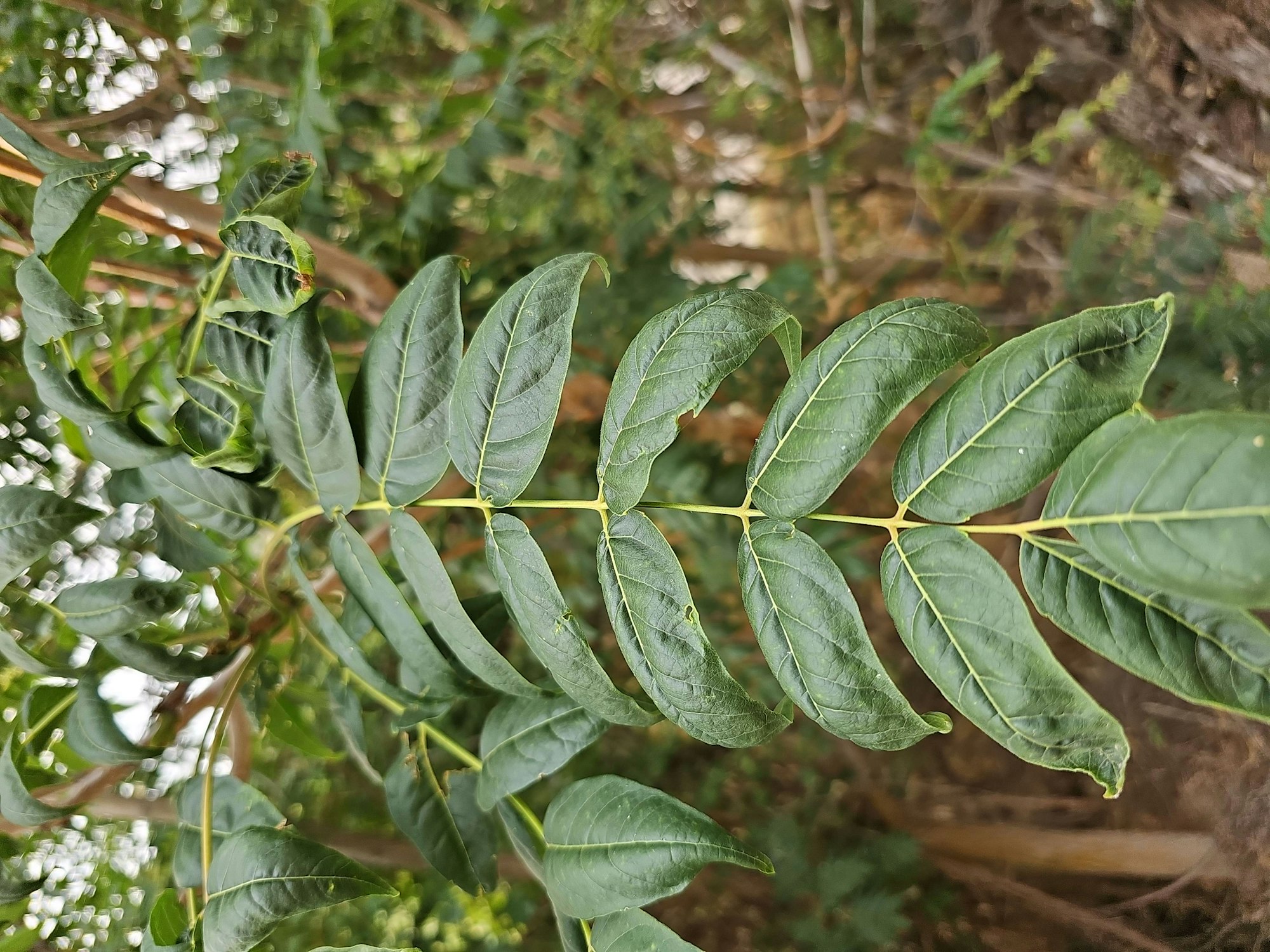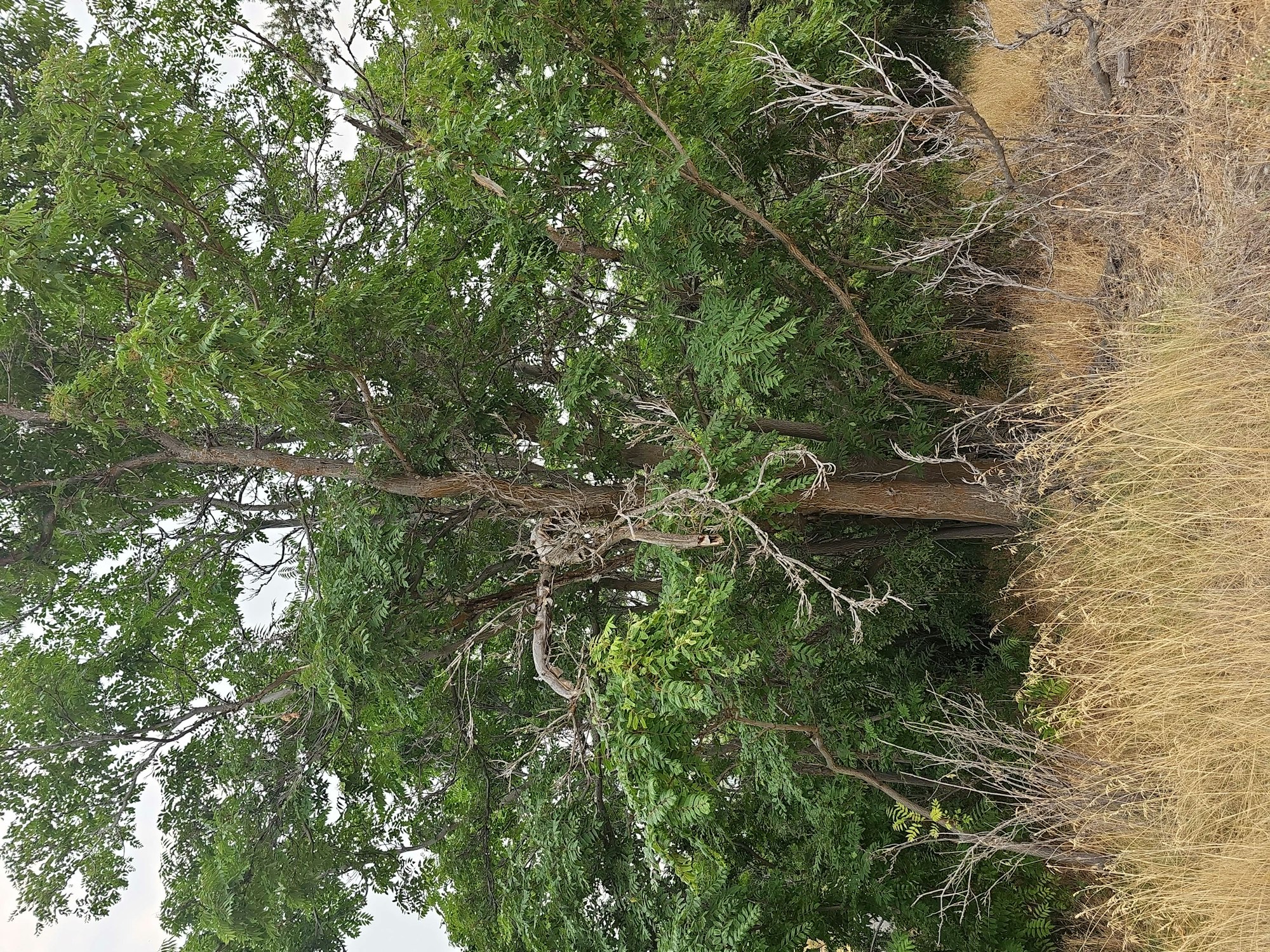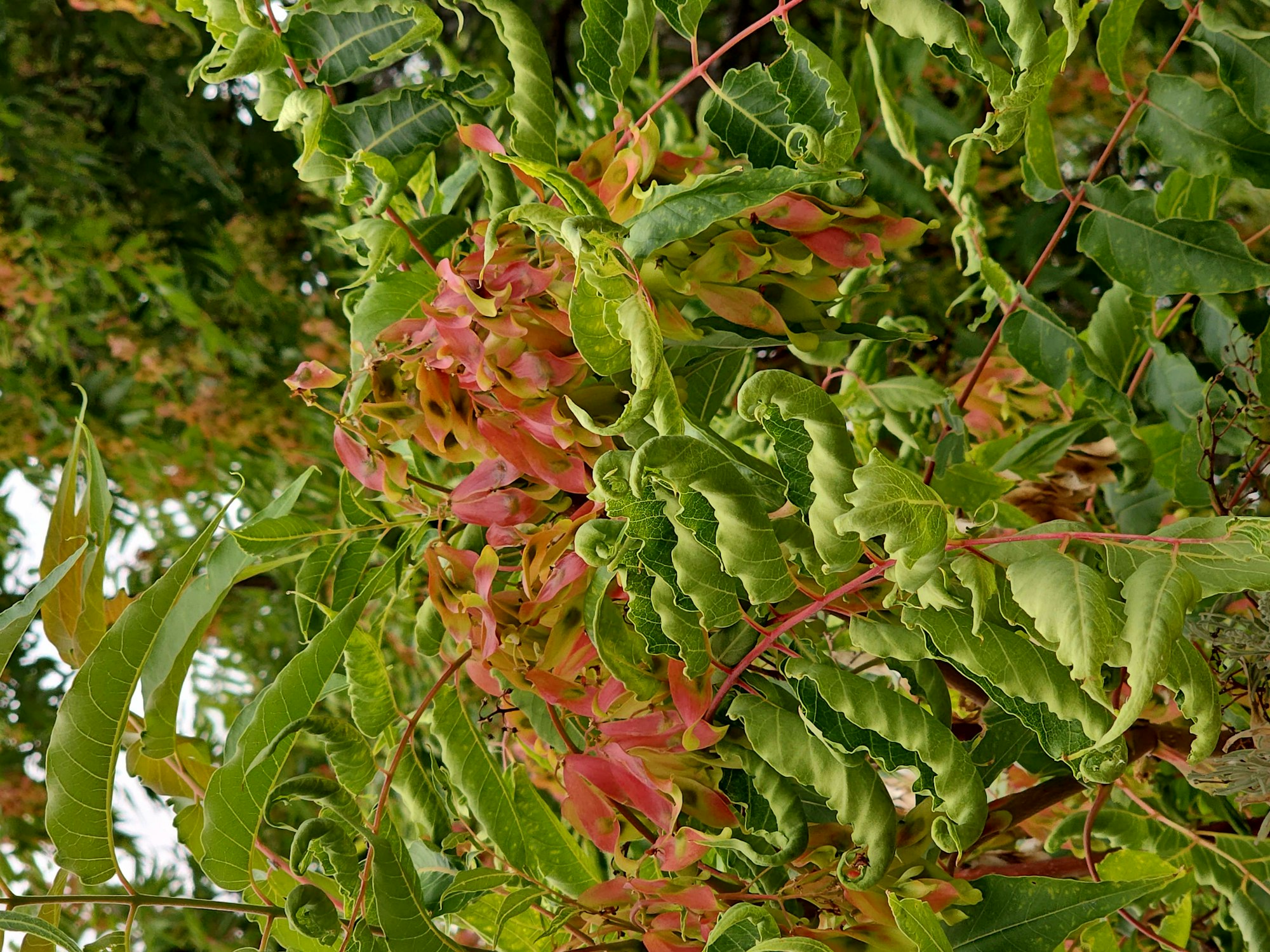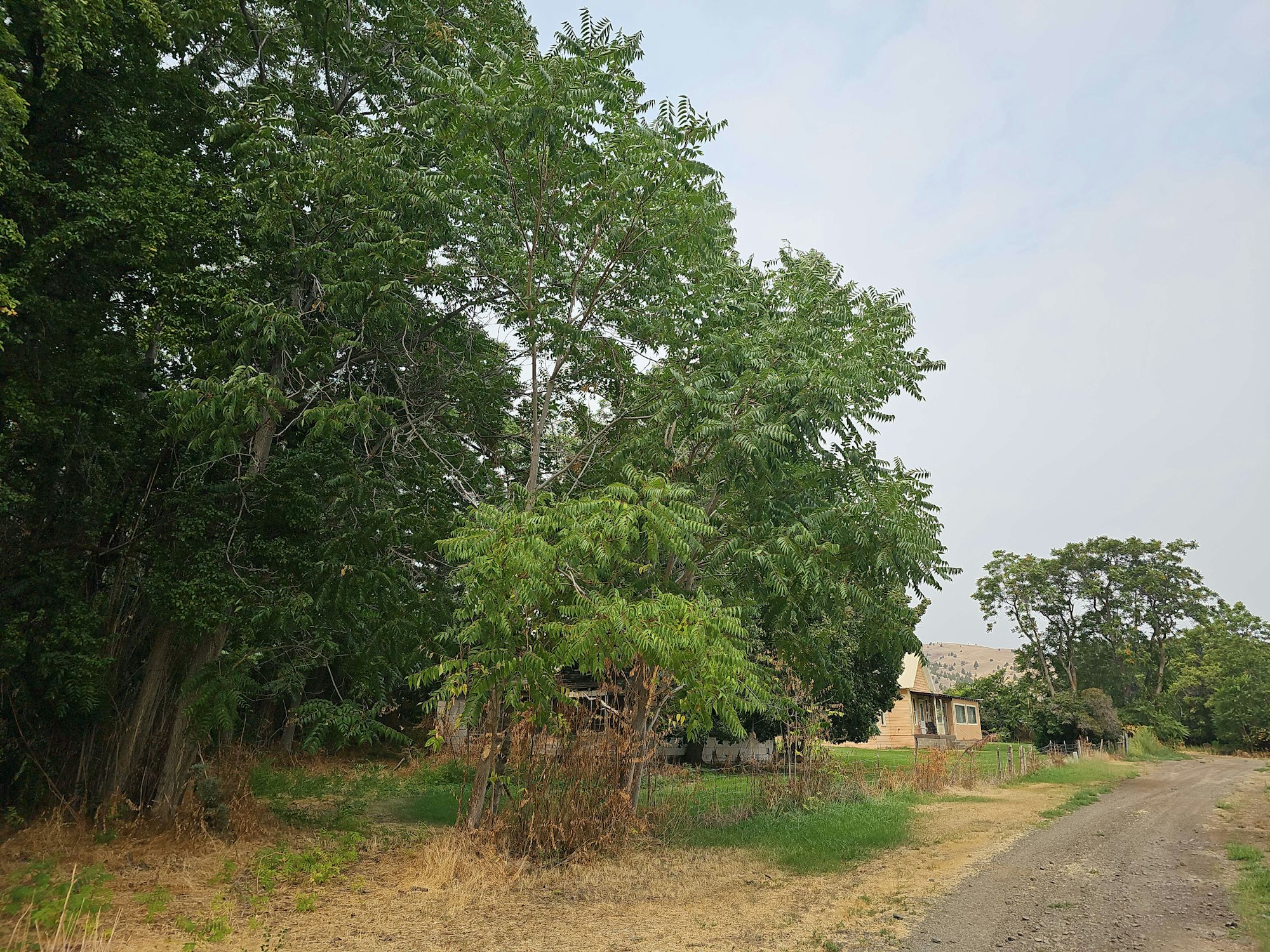Tree of Heaven
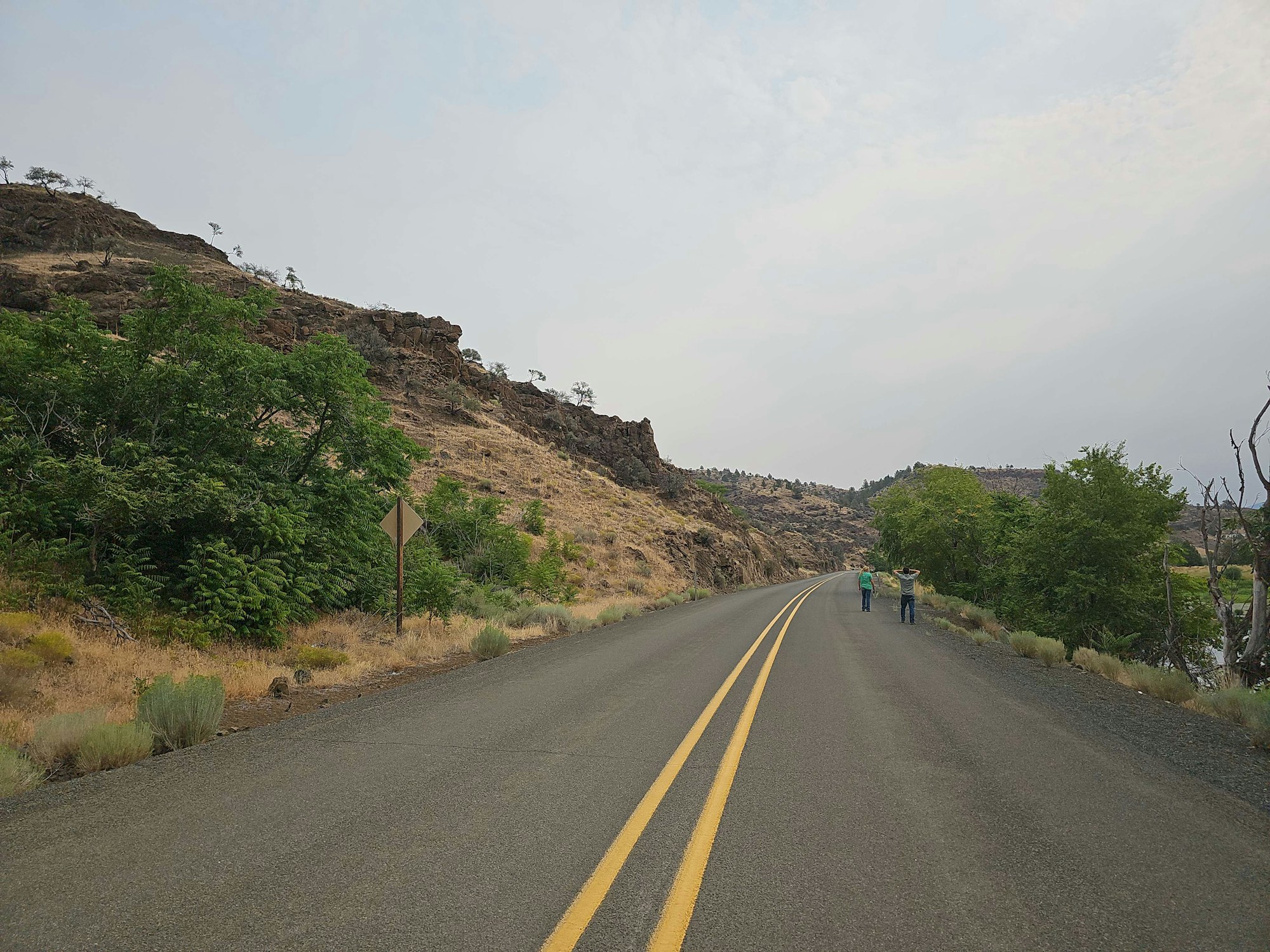
Tree-of-heaven is a fast-growing tree that is native to China and Taiwan. Now established globally, and aggressively invasive particularly in the United States and Europe, tree-of-heaven was historically brought outside of its native range for ornamental purposes.
This tree is resistant to drought and tolerant of a wide range of soil conditions and pollution, which is why historically it was desirable for urban areas. Its distribution is limited by cold temperatures, and its occurrence is limited by a lack of shade tolerance.
Tree-of-heaven produces compounds that make it resistant to predations from herbivores and diseases caused by pathogens. The tree is allelopathic, meaning it releases chemicals into the soil that are toxic to other plant species.
This combination of highly successful reproductive traits, tolerance for a wide variety of environmental conditions, defense mechanisms, and allelopathy make tree-of-heaven highly invasive. This species has detrimental impacts on native plant species, built infrastructure, and human health. It is also the preferred host of the invasive Spotted Lanternfly.
The adult insect feeds primarily on the invasive tree-of-heaven (Ailanthus altissima), although nymphs are known to feed on a wide range of native hardwood and fruit trees. Grapevines are a preferred host of SLF, which feed in large swarms.
Wheeler SWCD was unsuccessful in an ODA award to eradicate Tree of Heaven from Wheeler County landscapes. Staff is continuing to seek funding assistance to conduct treatment and restoration for Tree of Heaven.
We encourage landowners and the public to contact us if they suspect Tree of Heaven in location(s) not already identified. If you are battling with a Tree of Heaven infestation, we welcome you to reach out for guidance on treatment timing and procedures.
Wheeler SWCD Five-Year Tree-of-Heaven Treatment and Restoration Plan
Five-Year Plan.pdf
Additional Resources
ODA TreeOfHeavenProfile.pdfUConn-Extension-Ailanthus-altissima-Tree-of-Heaven-Fact-Sheet.pdfTree-of-Heaven-Fact-Sheet.pdf3-managing-tree-of-heaven-ailanthus-altissima-on-roadsides.pdfEO News Article 2023.pdfhttps://www.invasivespeciesinfo.gov/terrestrial/plants/tree-heaven
https://www.nature.org/en-us/about-us/where-we-work/united-states/indiana/stories-in-indiana/journey-with-nature--tree-of-heaven/
https://agr.wa.gov/departments/insects-pests-and-weeds/weeds/tree-of-heaven/tree-of-heaven-101
The below map is available for download
TOH Map Overview.pdf


